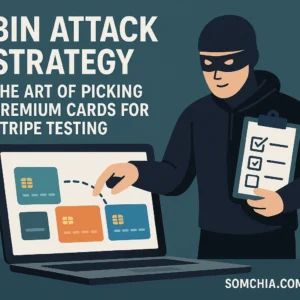Welcome to the Abyss Where Credit Rules Don’t Apply
You ever look at a bill and just laugh? Not because it’s funny—but because you know deep down you’re never gonna pay it. That’s where I live—where money moves in shadows, digital footprints fade by design, and financial systems are nothing more than puzzles built to be broken. Today we’re talking about Afterpay. Or more accurately, how not to pay Afterpay a damn thing.
If you came here looking for some vanilla budgeting advice, hit the back button. But if you’re curious how digital ghosts sidestep buy-now-pay-later traps, tank their paper trail, and float through the system like vapor, keep reading. You’re about to get a crash course in soft fraud, cyber evasion, and financial OPSEC that your average debt collector wouldn’t understand even if you spelled it out for them.
Buy Now, Ghost Later: The Afterpay Dilemma
Afterpay—one of those sweet-talking, smooth-ass apps that lets you scoop up $500 worth of whatever and worry about it later. They don’t even ask much: just split it into four cozy payments and pretend it’s all love. But what happens when that “later” comes knocking—and you don’t answer?
Let’s be honest. Most people think skipping on Afterpay is about as dumb as playing chicken with a credit score. But for those of us with burner identities, synthetic profiles, and digital infrastructure to vanish in plain sight—Afterpay is just a game of timing, logistics, and digital misdirection.
So how do you walk away from Afterpay without them clawing it back?
Let me break it down.
Phase One: Frontline Fraud — Creating a Disposable Financial Identity
Before you even think about tapping Afterpay with the intent to ghost, you need to understand the foundation: your profile is the product. That means no real name. No real address. No bank account tied to anything you care about.
Here’s the cold formula:
-
Synthetic ID: Stitch together public data from breached databases—combine a real SSN from a minor or elderly person with new address info, a fake name, and burner email.
-
Digital Hygiene: Use residential proxies or a clean mobile IP with a fresh fingerprinted browser (Think: AntiDetect tools like Sphere or Incogniton).
-
New Device or VM: Don’t run this op on your daily driver. Create a virtual environment, isolate it, or use a dedicated burner phone.
Your Afterpay account needs to look like any average broke American trying to buy sneakers they can’t afford—but behind the scenes, it’s just you and your synthetic puppet.
Phase Two: The $500 Play — Timing the Default
Let’s talk numbers. Most people push Afterpay for small hauls—$100, $200. That’s rookie behavior. The ceiling hovers around $500–$600 for most semi-trustworthy accounts before you hit the wall. That’s the window.
Here’s how to work it:
-
Build trust: Start with a couple small legit orders. Use a VCC (Virtual Credit Card) with funds. Let them see clean payment behavior for 2-3 transactions.
-
Go big on the third or fourth hit: That’s your golden fraud run. Rack up the $500 buy—electronics, designer clothes, giftables. Make sure it’s shippable and sellable.
-
Ship to a drop: Avoid home addresses. Use package lockers, PO boxes under alias names, or coordinate with street-level intermediaries.
Once the package lands, ghost the whole thing. Remove your payment method, disable notifications, and prepare to cut the cord.
Phase Three: Breaking the Chain — Burn, Block, Bail
The moment your final goods land, it’s time to sever the lifeline. Here’s how:
-
Burn the VCC: Cancel or drain the prepaid card. They can’t auto-debit what’s no longer active.
-
Unlink Accounts: Disconnect any email forwarding, delete the profile off your VM or burner.
-
Let It Die: Afterpay will chase you with late notices, then escalate to collections. But if the identity was synthetic and compartmentalized, the trail goes cold fast.
Here’s the kicker: Afterpay’s model is based on volume, not high-stakes pursuit. You’re one of a thousand ghosts. Their collection partners don’t care enough to go to war over a fake ID with no assets.
Why It Works (And When It Doesn’t)
Let’s be real—this isn’t for everyone. If you’re using your real name, attached to your real address, backed by a real credit score, don’t even try this. That’s not fraud. That’s financial suicide.
But if you’re running clean OPSEC—meaning you’ve got:
-
No data crossover between your real and fake identities
-
No traceable phone numbers
-
No reused IPs or devices
-
No linked bank or crypto accounts
Then Afterpay has almost zero leverage to collect. They can scream into the void, but all they’ve got is a ghost profile, a canceled VCC, and maybe a shipping label to a locker that expired a week ago.
The Cost of Being a Phantom
Sure, you skipped the $500 debt. But there’s a deeper lesson here: this lifestyle isn’t free. Every digital heist comes with its own stress tax. You’ll always be one misstep away from exposure. One reused IP. One sloppy address. One mistyped name.
And trust me, the more you win, the sloppier you get—until someone decides to knock on a real door expecting to find a fake person.
So ask yourself: is it worth it?
If the answer is yes, then welcome to the long game. Where money is imaginary, and your name is disposable.
The Bigger Picture: Credit Systems Are a Scam Anyway
You think it’s unethical to not pay Afterpay? Let me ask you this:
-
Is it ethical for credit bureaus to sell your data?
-
Is it ethical for banks to trap people in 29% APR hell?
-
Is it ethical for buy-now-pay-later schemes to prey on broke people with no financial literacy?
This is digital warfare. If you’re not exploiting the system, the system is exploiting you.
You don’t have to be a cybercriminal to feel this rage. You just have to see through the veil. Because behind the pastel colors and smiling marketing campaigns, companies like Afterpay are predatory lenders with better UX. They’re counting on your fear of consequences, your addiction to convenience, and your loyalty to an economy that doesn’t serve you.
Tactical Summary for the Bold
If you skipped to the end looking for a cheat sheet—here it is:
Goal: Steal $500 worth of goods via Afterpay without paying
Risk Level: Medium (with good OPSEC), High (if sloppy)
Tools Needed:
-
Synthetic identity or high-grade fake info
-
Virtual card with temporary funds
-
Burner phone or VM
-
Residential proxy / clean IP
-
Shipping drop that isn’t linked to you
-
Nerves of steel
Steps:
-
Set up identity with perfect hygiene
-
Run 2–3 low-risk orders to build trust
-
On the final run, max the limit
-
Ensure goods are shippable and valuable
-
Cancel payment methods immediately
-
Burn accounts and disappear
Then? Enjoy the silence. No knocks. No charges. No chase.
Just another hit in a broken system that rewards those who never play by the rules.
Final Words from the Underground
This isn’t a guide for everyone. It’s not a moral compass. It’s a reality check.
The world’s richest companies play dirtier than any of us ever will. They manipulate markets, bankrupt people, and dodge taxes with a smile. So when someone asks me if it’s possible to dodge a $500 Afterpay bill, my answer is simple:
Not only is it possible—it’s necessary.
Because in a world built on lies, ghosts tell the truth.
Stay sharp. Stay dark. Stay untraceable.
— Phantom, Out.

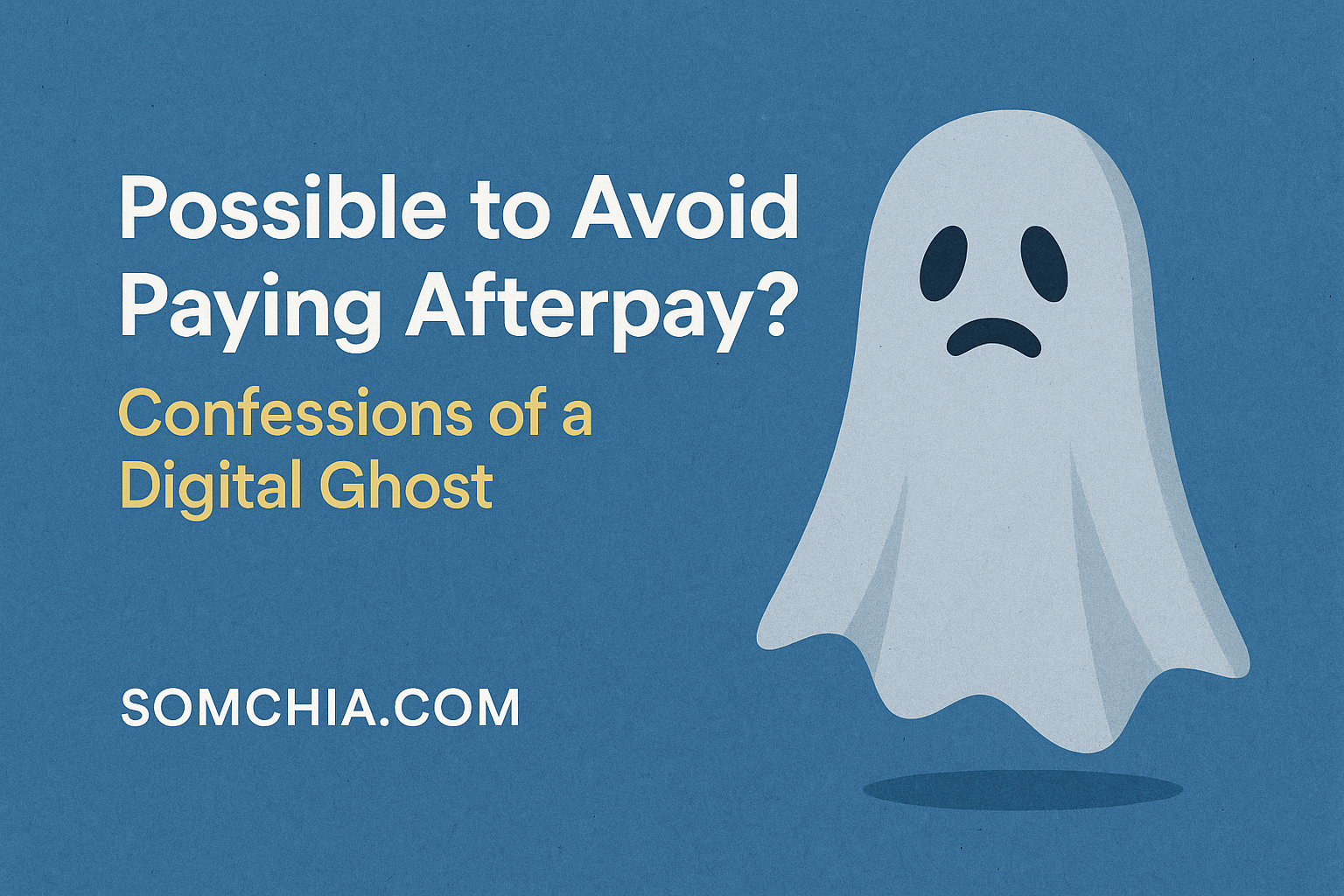

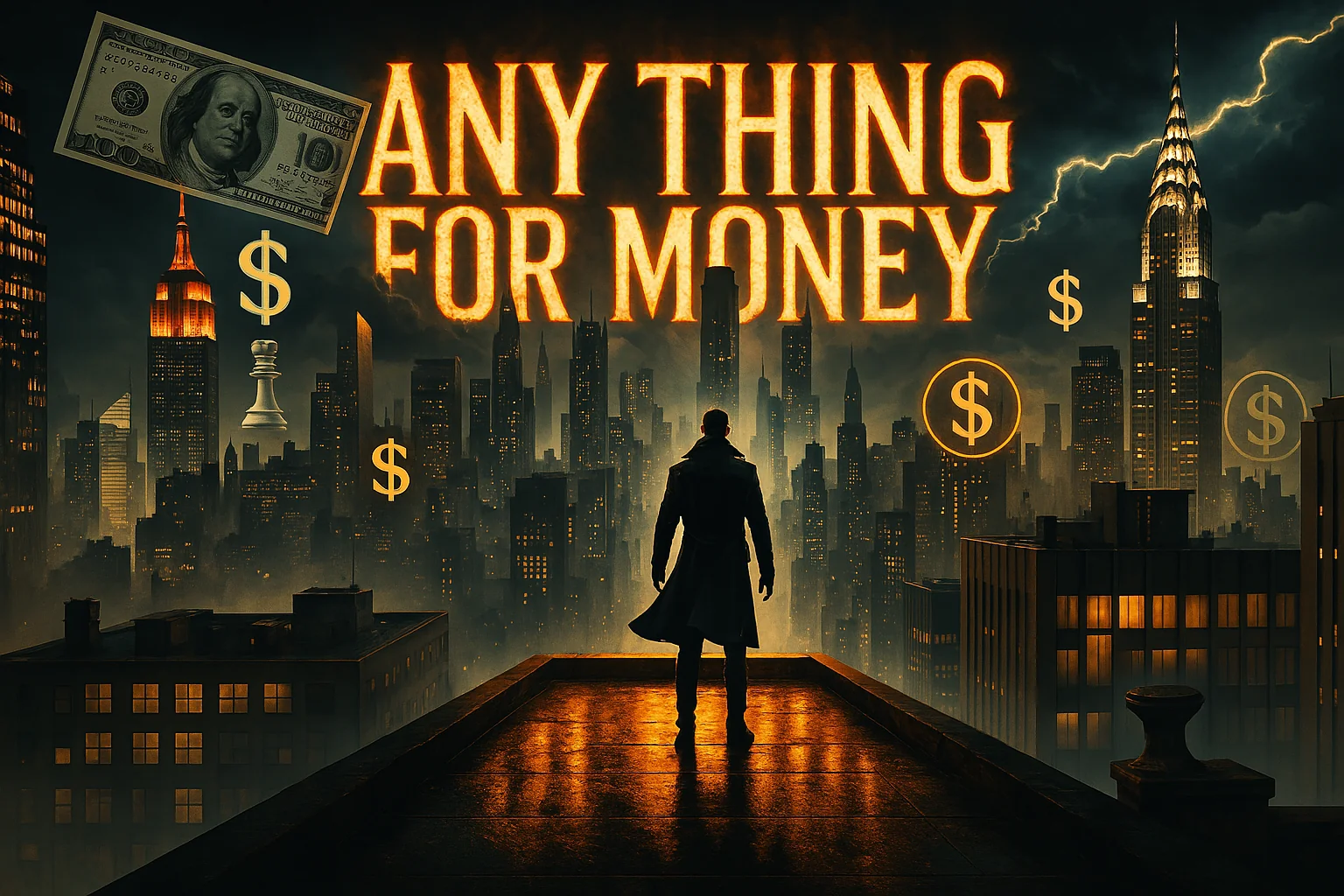
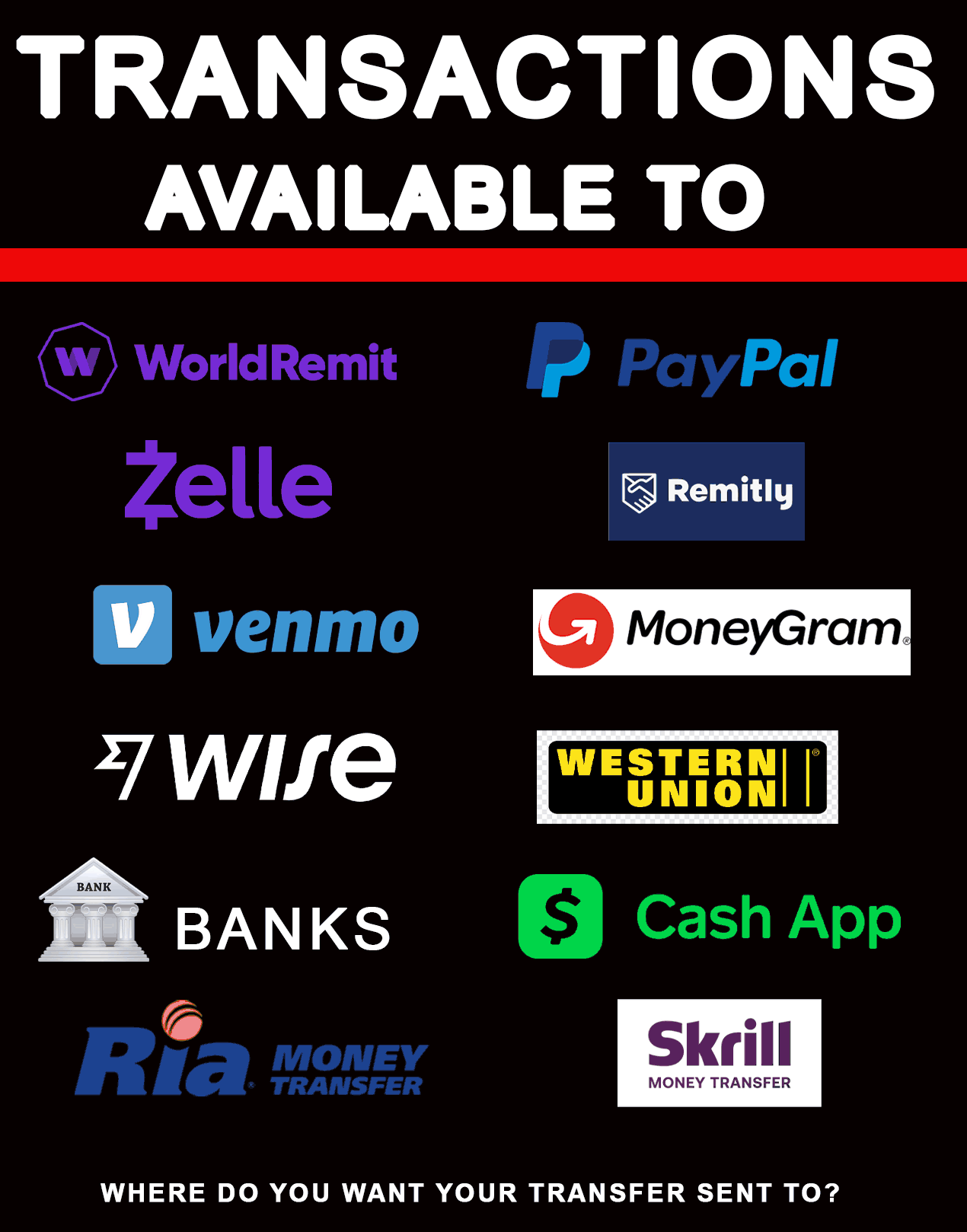
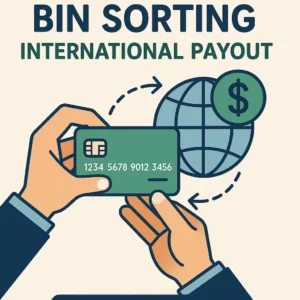
![Read more about the article [Tutorial] Social Engineering Basics – Pretexting](https://somchia.com/wp-content/uploads/2025/06/20250614_1805_Pretexting-Tutorial-Overview_simple_compose_01jxrazv5dezrtzzmnaf539pvq-300x200.png)
